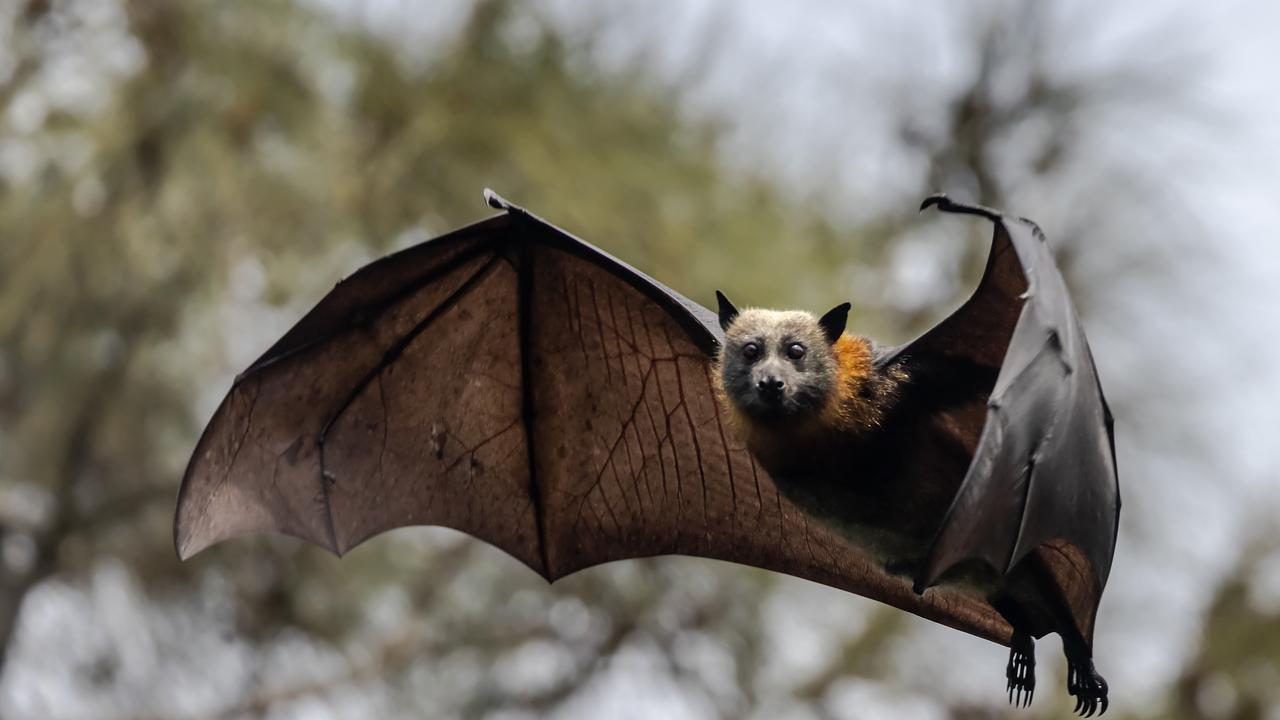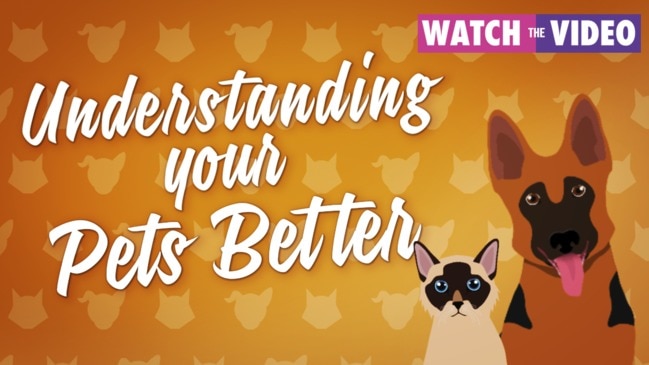How artificial intelligence is helping scientists talk to bats and honeybees
Scientists have started using artificial intelligence to understand sounds and signals that will help us communicate with animals

READING LEVEL: GREEN
Have you ever imagined being able to communicate with your pet at home and have them understand everything you say?
It sounds too good to be true or from the story of Dr Doolittle*, but scientists have started using artificial intelligence* to help communicate with animals.
AI allows humans to use technology to watch and understand the sounds and signals animals communicate with so we can try to speak back to them.
Professor Karen Bakker — who is the author of a book called The Sounds of Life: How Digital Technology Is Bringing Us Closer to the Worlds of Animals and Plant — told Scientific American magazine that AI is already helping humans communicate with bats and honeybees and this could change what we know about nature and our non-human relationships.

Prof Bakker said AI algorithms* helped decode* recordings of animals talking to one another. She said trying to communicate in their language could be better than our previous attempts to teach creatures such as apes to use human sign language.
Prof Bakker explained how researcher Yossi Yovel had used recordings and AI to understand bats.
“Bats argue over food; they actually distinguish* between genders when they communicate with one another; they have individual names, or ‘signature* calls’,” she said.
“Mother bats speak to their babies in an equivalent of ‘motherese’*.

“But whereas human mothers raise the pitch of their voices when talking to babies, mother bats lower the pitch — which elicits* a babble* response in the babies that learn to ‘speak’ specific words or referential* signals as they grow up. So bats engage in vocal* learning.
She said it was a great example of how animal patterns could be revealed using sensors and microphones that would otherwise never be heard with the human ear.
AI makes this possible because a computer can be trained to listen like a bat.

With honeybees, the computer combines listening with vision of the bees’ body movement to understand what they are communicating.
“When honeybees ‘speak’ to one another, it’s their body movements, as well as the sounds, that matter,” Prof Bakker said.
“Now computers ... are able to follow this because you can use computer vision, combined with natural language processing.”
She said researchers now know how bees say things such as “hush” or “stop.”
Researcher Tim Landgraf even created a robot honeybee that entered a hive and was able to communicate to other bees when it wanted them to stop doing something or fly.
* This article was first published in The Sun and is republished with permission.

POLL
GLOSSARY
- Dr Doolittle: a character who can speak to animals in a series of children’s books and movies
- artificial intelligence: when a computer is able to think and learn
- algorithms: a set of step-by-step instructions that describe how to perform a task
- decode: to translate into an understandable language
- distinguish: to tell things apart by seeing differences
- signature: something unique to one person or thing
- motherese: the language a mother speaks to her babies in
- elicits: to make something happen by talking
- babble: making sounds that don’t mean anything
- referential: when children start to speak using one-word speech such as mum or dog to identify items
- vocal: sounds made using your voice
EXTRA READING
Is my pet happy, angry, scared or sad?
Lifelike robot chats with humans
AI reveals what a spider web sounds like
QUICK QUIZ
1. How does artificial intelligence make it easier to understand what animals are saying?
2. Which two animals are scientists working with first?
3. How are the animal patterns revealed?
4. What two things are combined to understand honeybees?
5. Name one other less successful way humans have tried to communicate with animals.
LISTEN TO THIS STORY
CLASSROOM ACTIVITIES
1. Talk to an animal
If you could have a conversation with any animal you want, what animal would you choose? Write five questions that you would ask your animal. Then, write the answers that you think the animal would give you. You can use your research skills to help you find out information for the answers.
Time: allow 30 minutes to complete this activity
Curriculum Links: English; Science
2. Extension
What would be the benefits and disadvantages of humans understanding animal communication? Write paragraphs that answer this question.
Time: allow 30 minutes to complete this activity
Curriculum Links: English; Science
VCOP ACTIVITY
1. Opener up-level it
Make a list of all the openers in the article. Pick three that repeat and see if you can replace them with another word, or shuffle the order of the sentence to bring a new opener to the front.
Don’t forget to re-read the sentence to make sure it still makes sense, and that it actually sounds better.

